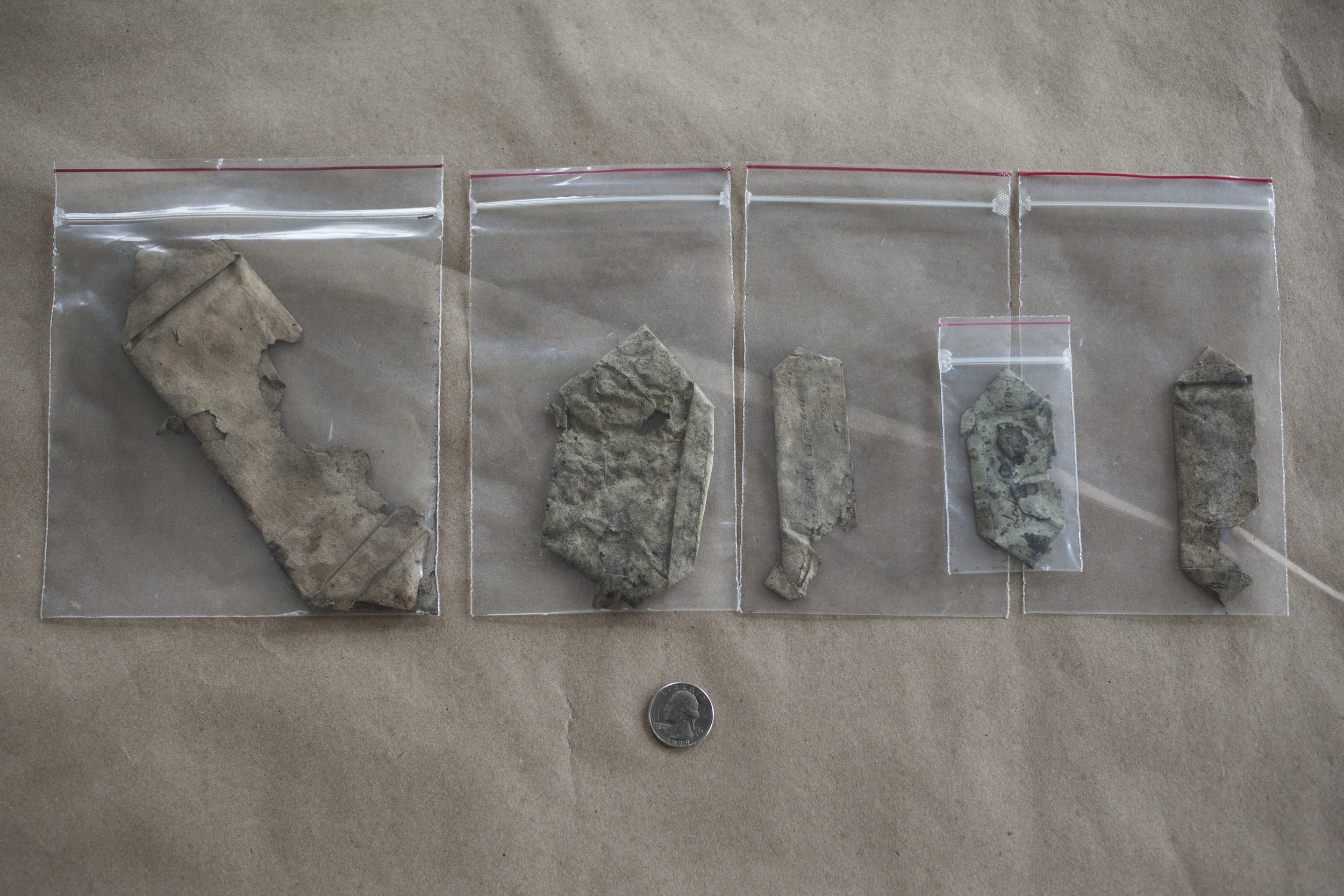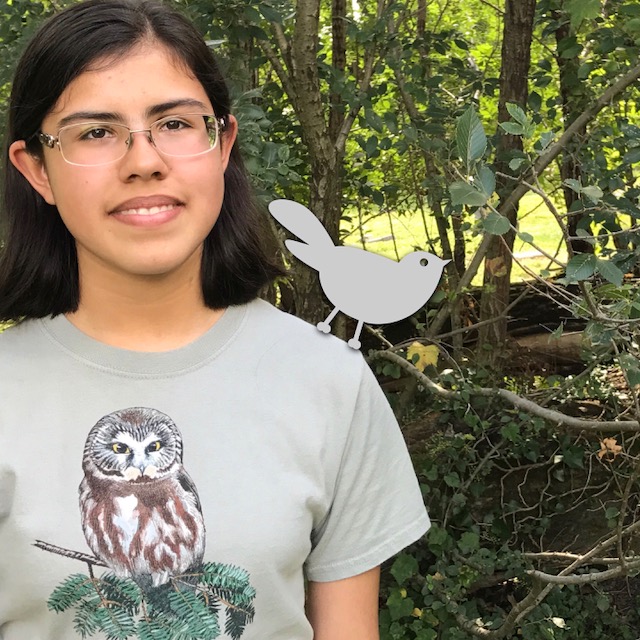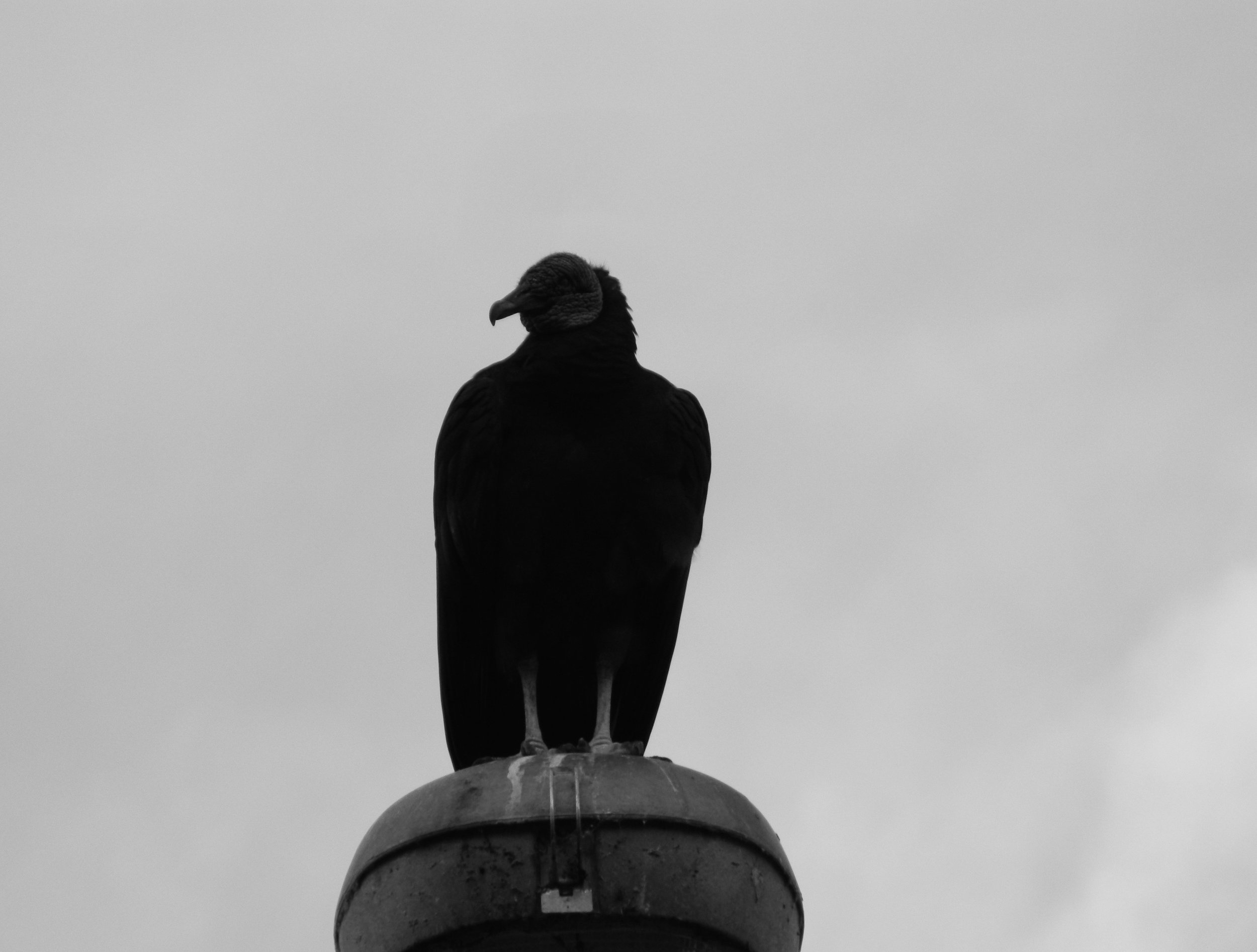“Why did someone build a house in the cemetery?” It’s a question I’ve heard more than once as I’ve volunteered at a Woodlands event or walked through the cemetery with friends. When it came time for me to teach a public history practicum for graduate students in History at Villanova University, I decided to use this common misreading of the landscape as a starting point. The cemetery was, in fact, created in 1840 to preserve the estate of William Hamilton as green space in urbanizing West Philadelphia. I charged my students with designing and executing a class project that would make the eighteenth-century history of the site legible to listeners who frequent the site and to ones who might never visit.
To guide them, I took inspiration from a woman I had met at The Woodlands back in 2014: Dr. Liz Covart. She attended a tour that I co-lead with Aaron Wunsch for historians of the early United States and introduced herself by saying that she was starting a history podcast. Three years later, Ben Franklin’s World has become a runaway successful with well over 3 million downloads, nearly 200 episodes, and numerous sponsors. (Thanks to that tour, Episode 11 of Ben Franklin’s World features Jessica Baumert, Executive Director discussing the The Woodlands!)
So in January of this year, my students set out to design, research, write, and produce a podcast series that explored the history of The Woodlands before it became a cemetery. In the first three weeks of class, we laid the intellectual groundwork for three key components of our project. First, we read published scholarship and unpublished research files about the Hamilton family and The Woodlands to orient ourselves in site-specific histories. Second, we read scholarship about doing history with, and for, public audiences. We also assessed The Woodlands master plan and met with Jessica Baumert to discuss her leadership goals and current uses of the site. Third, we studied the elements of Dr. Covart’s podcast episodes and dipped into ongoing conversations about how podcasting can be good scholarship. Best of all, Dr. Covart joined us on campus for a workshop!
And then: we became podcasters. Each student wrote and produced an episode. But we worked as a team to write a single intro, select and edit music, and build a shared architecture for each episode – including the segment “Primary Exposure,” which focuses on how historians use evidence to analyze the past. It quickly became clear in defining these elements that we wanted to share the process of doing history with our listeners just as much as we wanted to share knowledge about The Woodlands.
To that end, we hope that listeners enjoy hearing about the people who lived and worked at The Woodlands when it was an estate. But we also hope that the episodes expose how historians think and reveal some of the principles that guided us in creating them:
1. A good podcast depends on good history. Right after students submitted their final sound files, one student said, “I hope listeners don’t think we just turned on the microphone and started talking.” I assured him that their podcasts gave listeners plenty of clues to the depth of work that went into the final product. Each student wrote a podcast script that upholds academic standards of evidence, analysis, and citation. Students worked with peers and with me to edit these scripts heavily before recording. Without good content, all of the work of recording and audio editing would be meaningless.
2. Good history depends on collaboration. We did not do this project alone. Our podcast website thanks a number of people who provided support specifically for the recording of our podcasts. Yet our research also built on work done by previous researchers, historians, architectural scholars, and archaeologists. Podcasters walked a fine line as they worked to keep podcasts listenable while also crediting the work of the scholars that they engaged. Links to key books and documents in each episode’s show notes include only a few sources that informed the podcasts. We hope that our work can be a resource for future work as well.
3. Good history participates in ongoing conversations. Historians working in public and academia hold this as a core value. We aimed to design podcasts informed not only by our perspectives as historians but also by our assessment of The Woodlands’ strategic plan, the activities of current users, and issues that might interest neighborhood residents not yet engaged with The Woodlands. We also felt that it was important to get listener feedback at public events and online to think about how to improve the podcasts and select topics for future programs and historic research.
I am very proud of the work that these students have done this semester, and we are all very excited to share it with you. We welcome your feedback at our public event on Wed., April 25, 5:30-7:30 p.m., at the Go West Craft Fest on Sat., Apr. 28., or as a comment on this blog post. Happy listening!
About the author: Dr. Whitney Martinko is an assistant professor of History at Villanova University. She lives in the Cedar Park neighborhood of West Philly and has volunteered at The Woodlands since 2013.






























